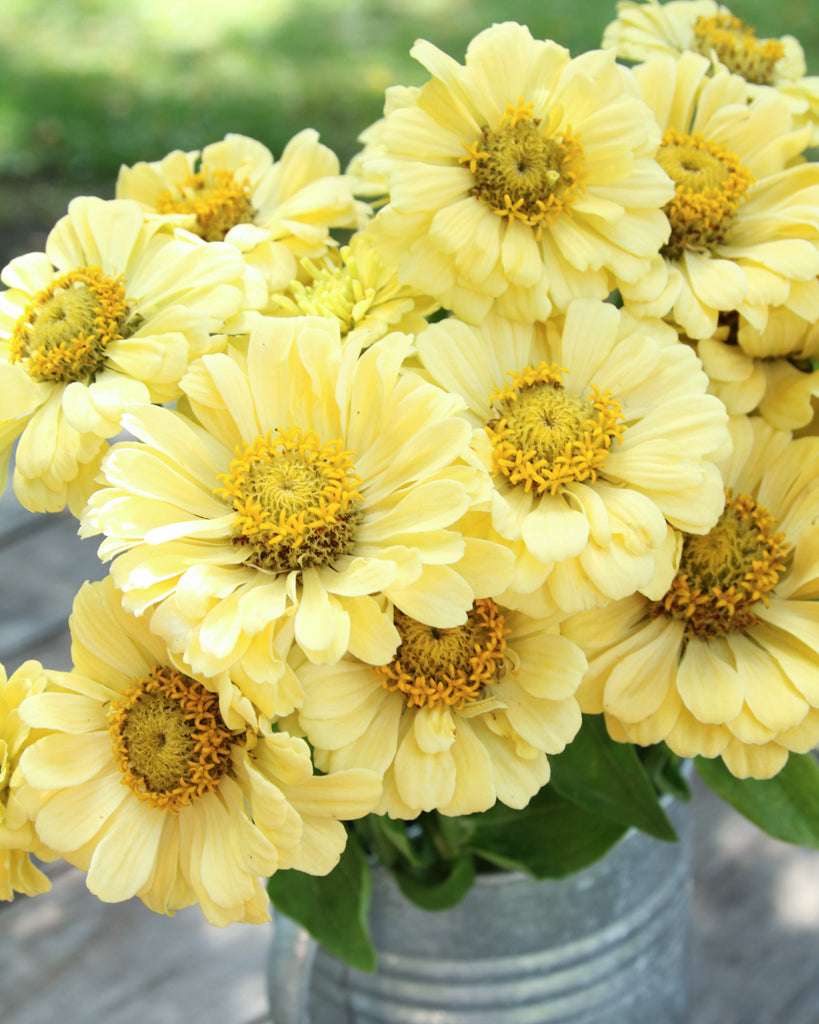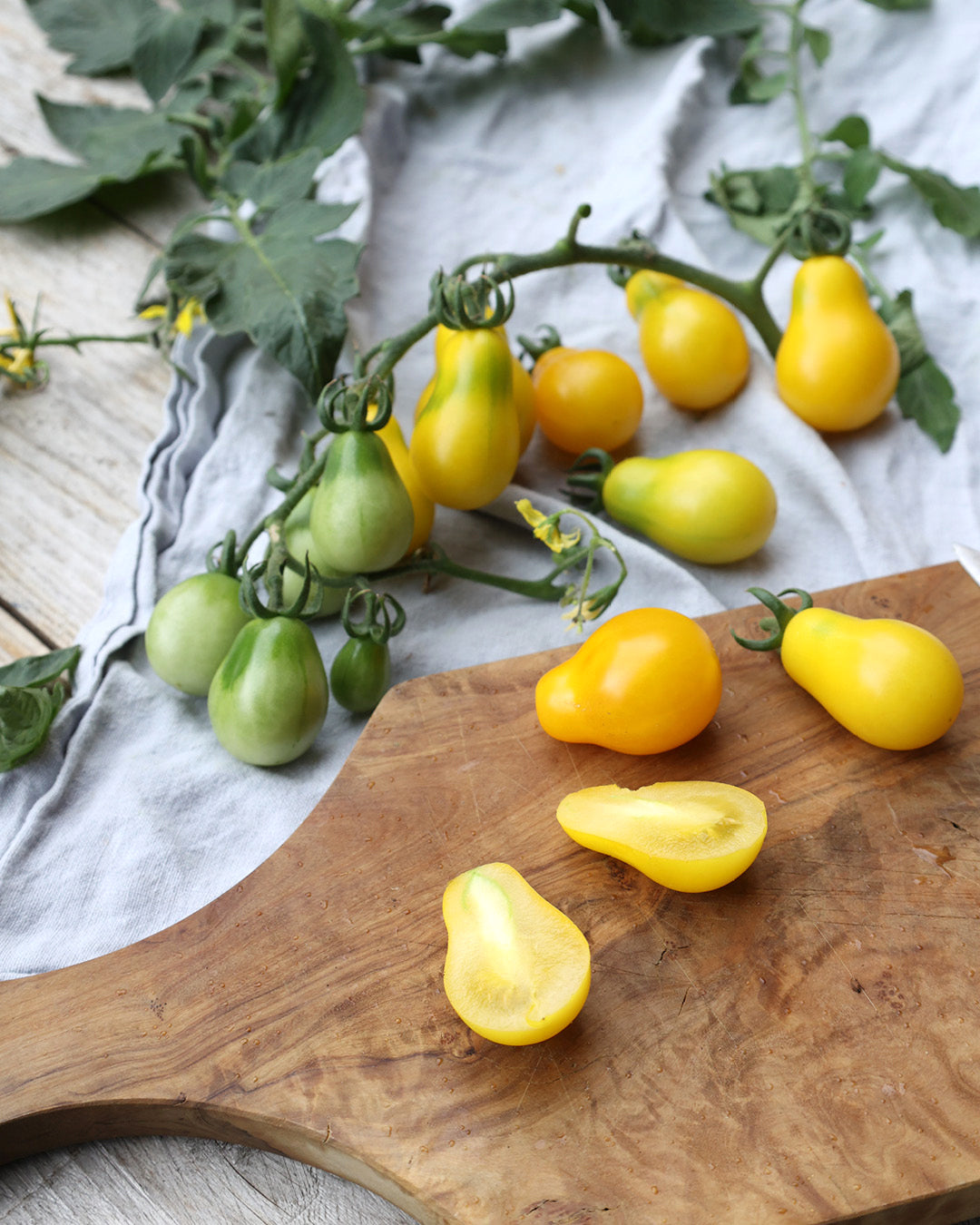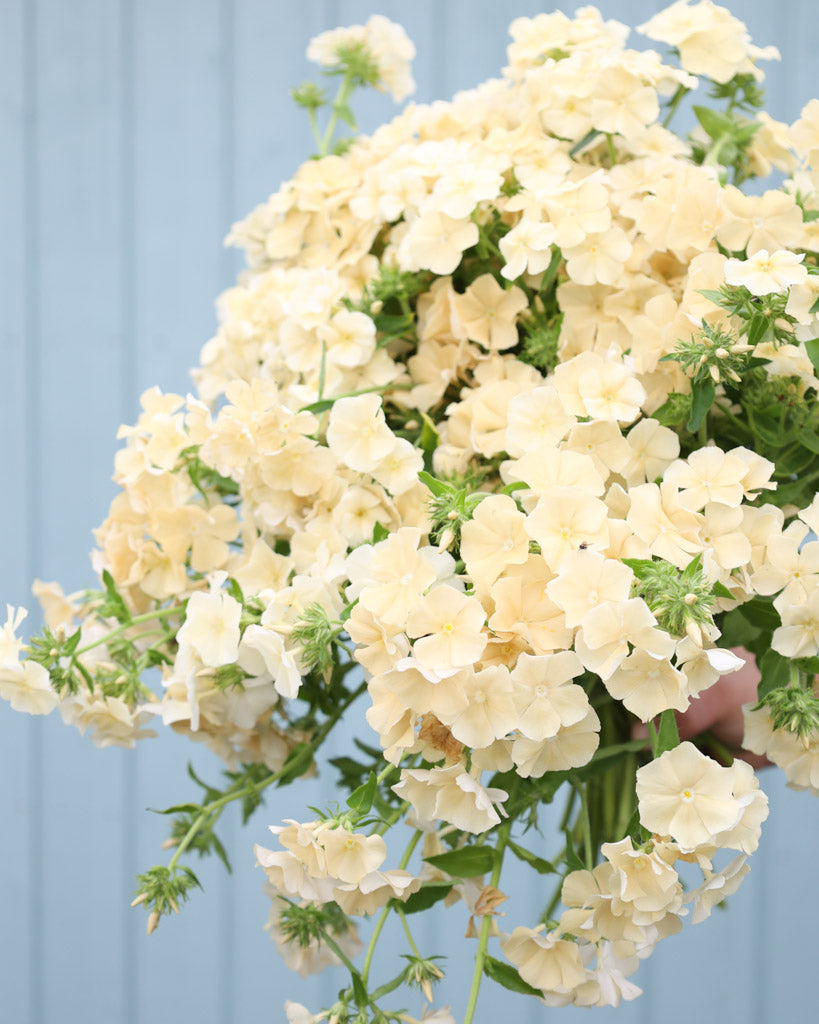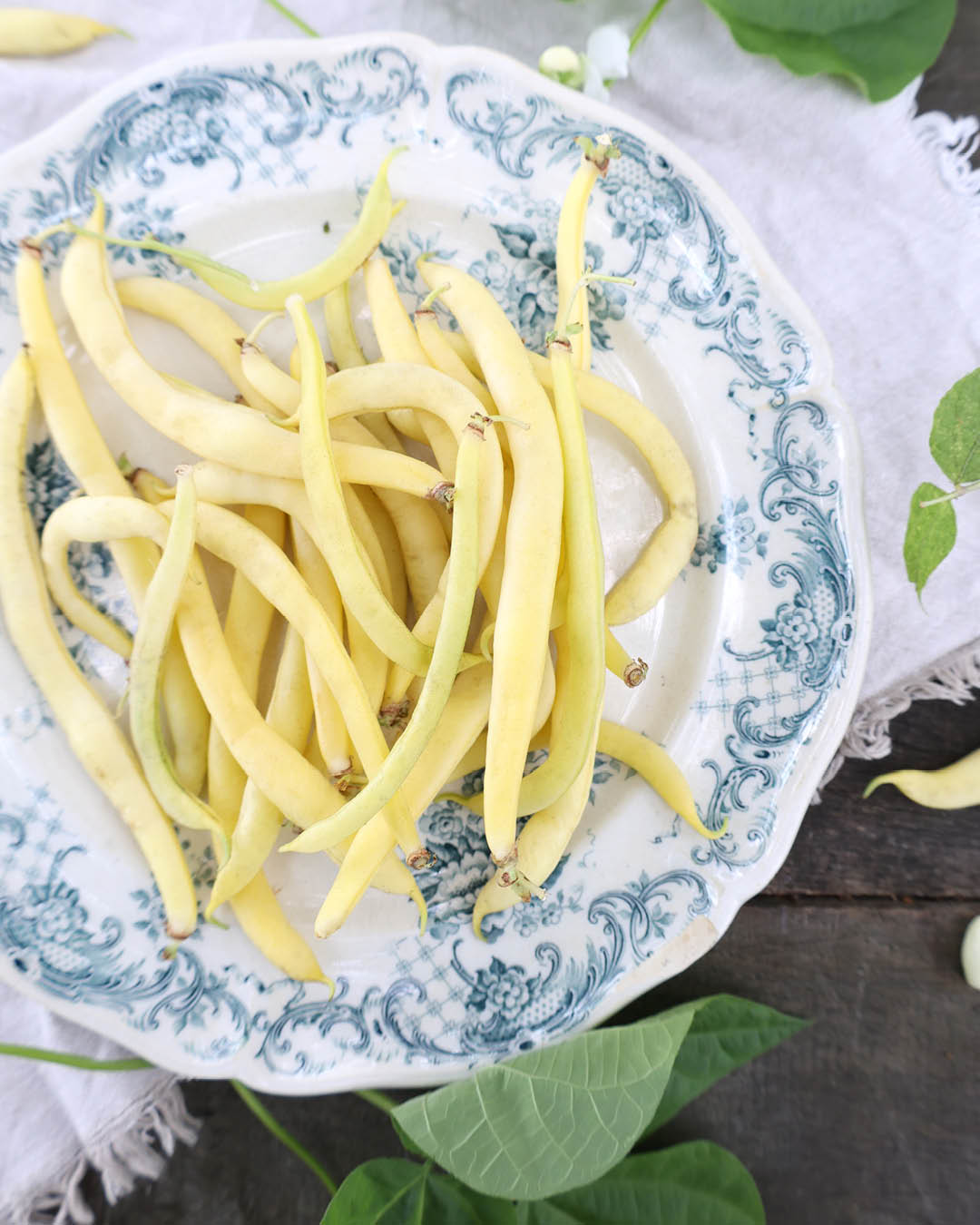Witch hazel
If you unsuspectingly walk past a garden in the middle of winter and suddenly smell the wonderful scent of flowers, it can only mean one thing: the witch hazel (Hamamelis) has bloomed!
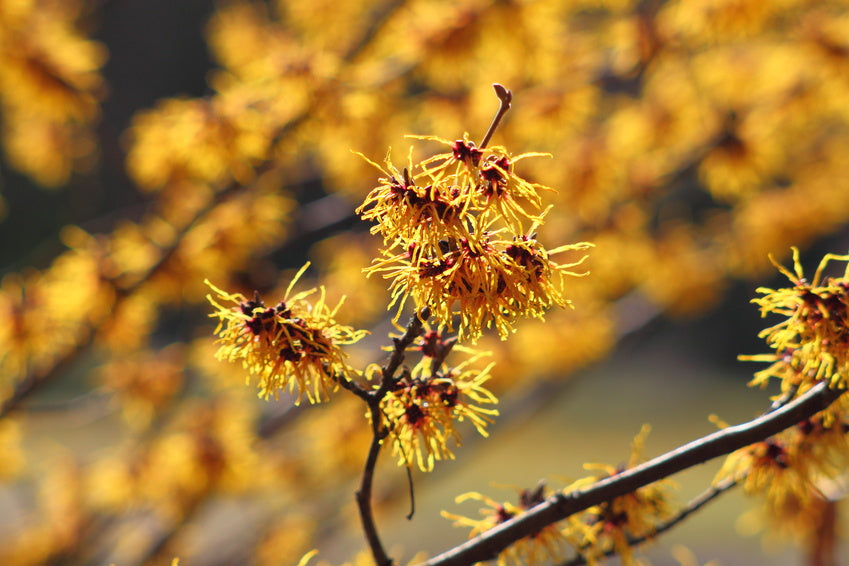
… and winter blossoms
As soon as the first rays of sunshine illuminate January, the witch hazel unfolds its delicate petals. From December to March, these wonderful winter bloomers display their thread-like, bright yellow to red petals. Originally from North America, Japan, and China, the plants came to Europe in the second half of the 19th century. From the very beginning, the wild Asian species were more attractive for gardens, as they bear larger flowers and bloom for longer. Most of the varieties known to us are therefore crosses between these two and are classified as hybrid witch hazels (Hamamelis intermedia).
Magical spring bloomer
All witch hazels have in common their enchanting charm, which is best displayed as a solitary plant or in small groups. In the long term, you should plan for around 16 square meters of space per plant, as the crown spreads in a funnel shape – on average four to five meters. Witch hazels, however, grow very slowly. If you'd like something a little more lush in the meantime, you can add smaller shrubs to fill gaps. However, keep them well spaced, as soil compaction and root competition from other shrubs are detrimental to the ornamental tree. You should also hold back on underplanting and only begin doing so once the shrubs are well established. Tolerant ground covers such as lesser periwinkle and golden strawberry are ideal in this case.
A question of location
Small bulbous flowers, on the other hand, are unproblematic from the start. With ray anemones, grape hyacinths, and snowdrops, you can skillfully enhance the root zone. The location for your witch hazel should be chosen carefully in the garden, as these delicate shrubs do not like being transplanted. A sunny spot protected by a wall or hedge is best. While the plants can tolerate frosts above ten degrees Celsius, their petals will curl up in extreme cold. The ideal soil is humus-rich and loose. It should be very permeable but, if possible, not dry out, which is why a mulch layer of bark humus is recommended. If the location is perfect, the witch hazel will thank you with little maintenance. Pruning is usually not necessary, as the shrubs naturally form a beautifully shaped crown. Minor adjustments are possible (then you can even get a sprig for the vase), but if you love your witch hazel, you should definitely not prune it back too much. It sprouts slowly, and larger cuts heal very poorly. So, keep your hands off and enjoy the witch hazel's full splendor in the garden instead!

